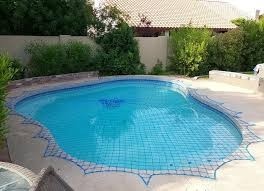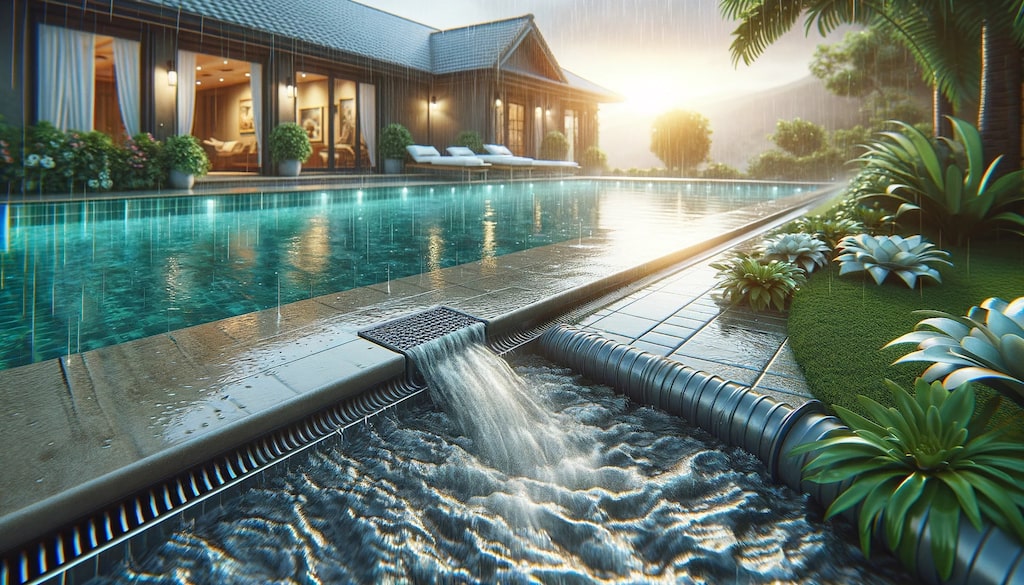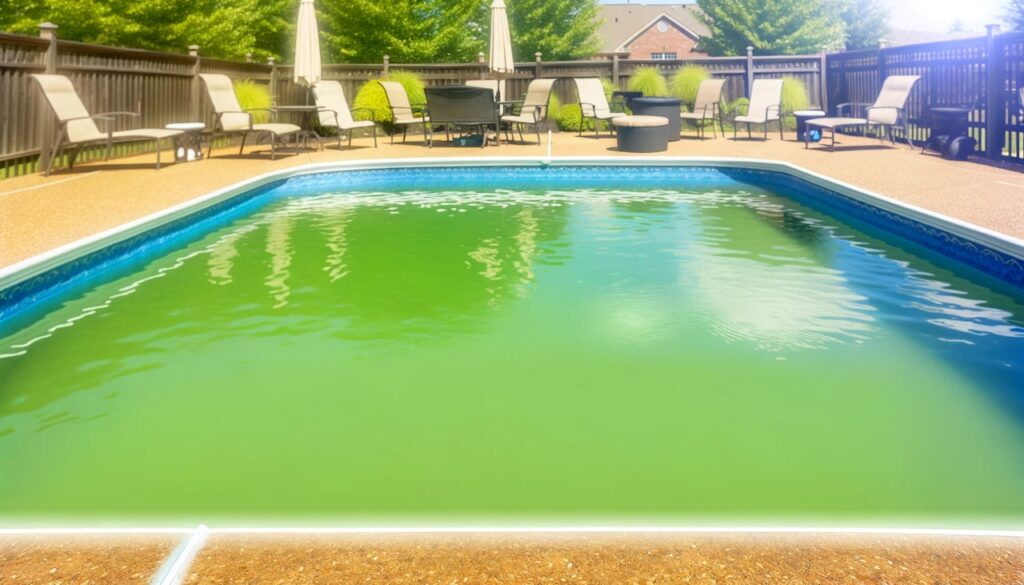How Does an Infinity Pool Work?
Infinity pools, often seen in luxury resorts and modern homes, create a stunning visual effect where the water appears to merge seamlessly with the surrounding landscape. This illusion is achieved through a vanishing edge that allows water to spill over into a hidden overflow basin. The water is then collected, filtered, and recirculated back into the pool, maintaining a constant level. While breathtaking in design, infinity pools require precise engineering and expert installation to function safely and efficiently.
For more: How Does an Infinity Pool Work?
Are Infinity Pools Dangerous? Common Safety Concerns
Despite their aesthetic appeal, some safety concerns come with infinity pools. Proper awareness and safety measures can help mitigate risks.
Depth Perception Issues
The optical illusion created by the vanishing edge can sometimes make it difficult to gauge the depth of the pool. Swimmers, especially beginners, may misjudge the depth, increasing the risk of accidental slips or falls. Clear signage and pool markings can help address this issue.
Slippery Surfaces
Like any pool, infinity pools can have wet and slippery surfaces. The overflow area may also become slick, posing a slip hazard. Using non-slip materials and regularly maintaining the pool deck can reduce the risk of accidents.
Child & Pet Safety
Children and pets are naturally curious and may be drawn to the infinity edge. Without proper supervision, they could attempt to climb or lean over the edge, leading to potential accidents. Installing safety barriers and ensuring constant adult supervision can help prevent mishaps.
Overflow Basin Risks
The overflow basin is a crucial part of an infinity pool’s design, but it can also be a hazard if not properly maintained. Standing water can become a breeding ground for bacteria, and poorly designed basins may not handle high water volumes efficiently. Regular cleaning and proper drainage solutions are essential to keep the pool safe and hygienic.
Structural Concerns
Infinity pools require a strong and stable foundation, special pool design ,particularly for installations on rooftops or elevated surfaces. Any structural weakness can lead to leaks, cracks, or, in extreme cases, collapse. Professional engineering assessments and high-quality materials are necessary to ensure long-term durability and safety.
Safety Features and Precautions
To make infinity pools safer, several precautionary measures should be considered:
Professional Installation
A well-constructed infinity pool requires experienced professionals who understand structural integrity, water circulation, and proper drainage. Hiring qualified contractors ensures that the pool meets safety standards and functions efficiently.
Non-Slip Surfaces
Using textured tiles or non-slip coatings around the pool deck minimizes the risk of slipping. Ensuring that the overflow area is designed with slip-resistant materials also adds to overall safety.
Barriers & Railings
Installing transparent barriers or railings near the infinity edge can provide an additional layer of safety without compromising the pool’s aesthetic appeal. These barriers can help protect children, pets, and inexperienced swimmers.
Regular Maintenance
Routine inspections and maintenance help prevent safety hazards such as leaks, cracks, or malfunctions in the circulation system. Professional pool renovation services can address any wear and tear, ensuring the longevity and safety of the pool.
Child Safety Measures
Implementing child-proof pool covers, motion-sensor alarms, and designated shallow zones can enhance safety for families with young children. Teaching kids about pool safety and enforcing strict supervision is crucial in preventing accidents.
Conclusion
Infinity pools are a stunning addition to any property, offering a luxurious and tranquil swimming experience. However, like any other pool, they come with safety considerations. Understanding how an infinity pool works and implementing proper safety measures can help reduce risks. Professional installation, non-slip surfaces, structural integrity, and diligent supervision are key factors in ensuring that infinity pools remain a safe and enjoyable feature for all users.
FAQs
What are the problems with infinity pools?
Infinity pools require precise construction, regular maintenance, and proper drainage. Structural weaknesses, slippery surfaces, and overflowing basins can be potential issues if not properly managed.
Are infinity pools dangerous for kids?
Yes, infinity pools can be risky for children if adequate safety measures aren’t in place. Barriers, pool covers, and adult supervision are essential to ensuring child safety.
Has anyone fallen out of an infinity pool?
While rare, accidents can happen if individuals attempt to climb or lean over the vanishing edge. Proper design, safety barriers, and education on pool safety help prevent such incidents.
Are rooftop infinity pools dangerous?
Rooftop infinity pools require careful engineering and structural reinforcement. If built and maintained correctly, they are safe; however, any construction flaws or lack of maintenance can pose risks. Regular inspections and professional assessments are crucial for safety.
By understanding potential risks and taking proactive safety measures, you can enjoy the beauty and relaxation of an infinity pool without compromising safety. If your pool needs upgrades or repairs, professional pool renovation services can ensure a secure and stylish swimming environment.



